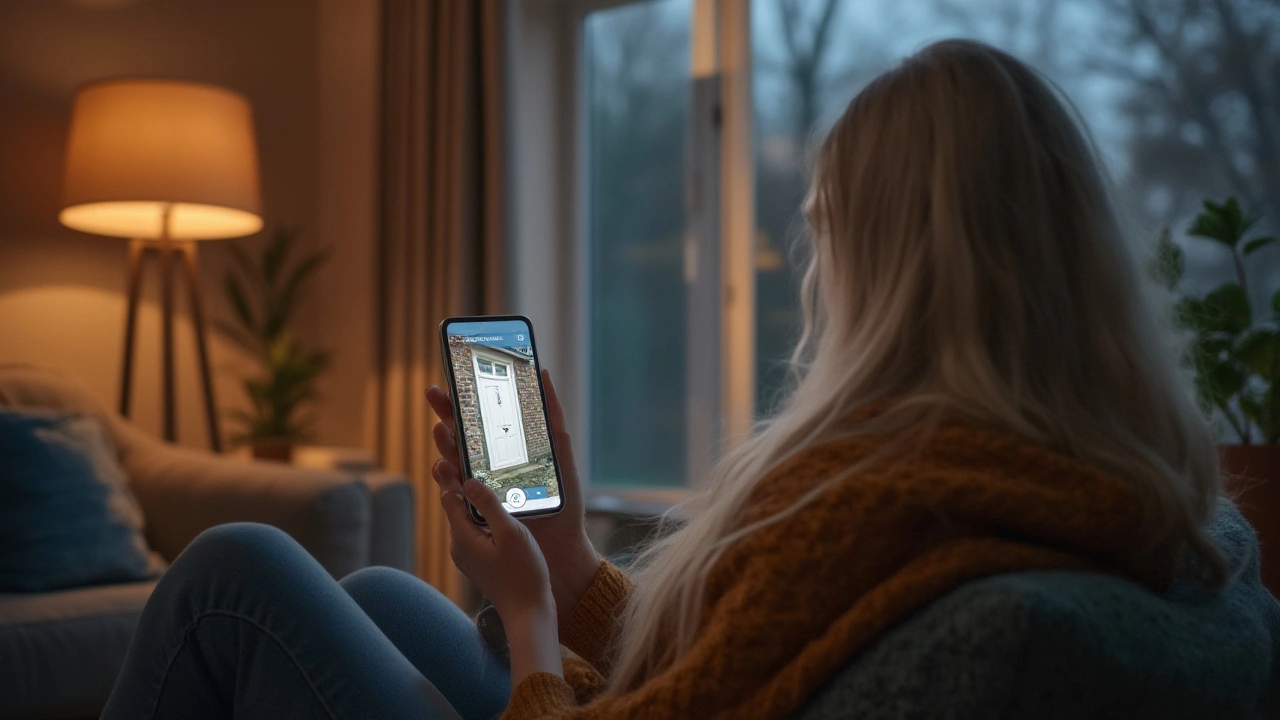Want to keep an eye on your home or business from your pocket? You don’t need a fancy control room – just a smartphone and the right app. In this guide we walk you through the basics of getting live CCTV footage onto your phone, securing the connection, and fixing the most common hiccups.
First thing: check if your camera brand offers a dedicated mobile app. Most modern systems – Hikvision, Dahua, Reolink, Arlo – have free iOS and Android apps that link straight to the camera’s IP address. Download the app, create an account, and follow the on‑screen wizard to add each device. If you’re using a generic NVR, look for an ONVIF‑compatible app; they let you add any standard camera without buying a brand‑specific program.
When the app asks for a Wi‑Fi network, make sure the camera is on the same router as your phone or set up port forwarding on your router for remote access. A quick test: open the live view at home first. If it works, you’ve got a solid local connection – the next step is making it reachable from outside the house.
Opening your cameras to the internet can attract unwanted eyes, so security matters. Change the default admin password to something strong and unique; avoid "admin" or "12345". Enable two‑factor authentication in the app if it’s offered – that extra code stops strangers even if they guess your password.
Most apps let you turn on encrypted video streams (TLS/SSL). Turn that on; it adds a tiny delay but keeps the feed safe. If your router supports a VPN, set up a personal VPN and connect your phone to it before opening the camera app. That way the traffic stays inside your private network, just like you’re on the couch at home.
Finally, limit who can see the feed. Give each family member a separate login with only the cameras they need. That way you can revoke access instantly if a device gets lost or an employee leaves.
Spotty video? Check the Wi‑Fi signal where the camera sits. A weak signal can cause lag or freeze frames. If the camera is far from the router, add a range extender or switch to a wired Ethernet connection for the NVR.
Can’t see the feed when you’re away? Double‑check your port forwarding rules – the external port should map to the camera’s internal port (usually 80 or 554). Also make sure your ISP isn’t blocking the port; you can test with an online port scanner.
Battery‑powered cameras sometimes go dark after a few weeks. Most apps show battery level; set up push notifications for low battery so you can swap or recharge before the camera dies.
Stuck on a black screen? It could be the infrared illuminators turning on at night. Some cameras need a brief warm‑up; give them a minute in darkness before assuming they’re broken.
Once everything runs smoothly, you’ll have peace of mind – whether you’re at work, on holiday, or just in the garden. Your phone becomes the control centre for every camera, and you can check live feeds, replay recordings, and even talk back through two‑way audio if your system supports it.
That’s it. Pick an app, secure the connection, and you’re good to go. Watching CCTV on mobile is as easy as scrolling through your social feed – only far more useful when you need to know what’s happening right now.

Yes, you can watch your security cameras on your phone. Find out how it works, what you need, and get tips for easy mobile monitoring.